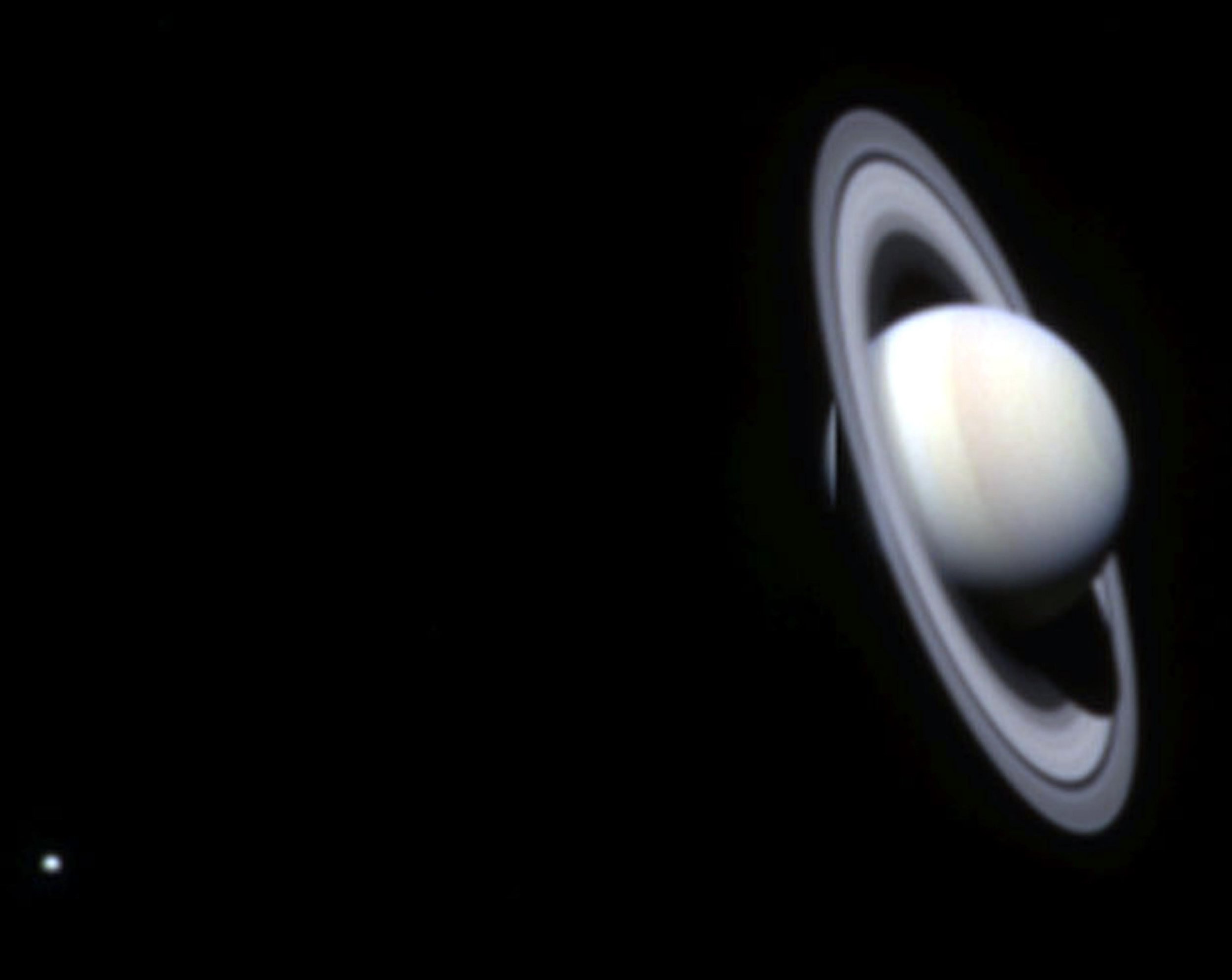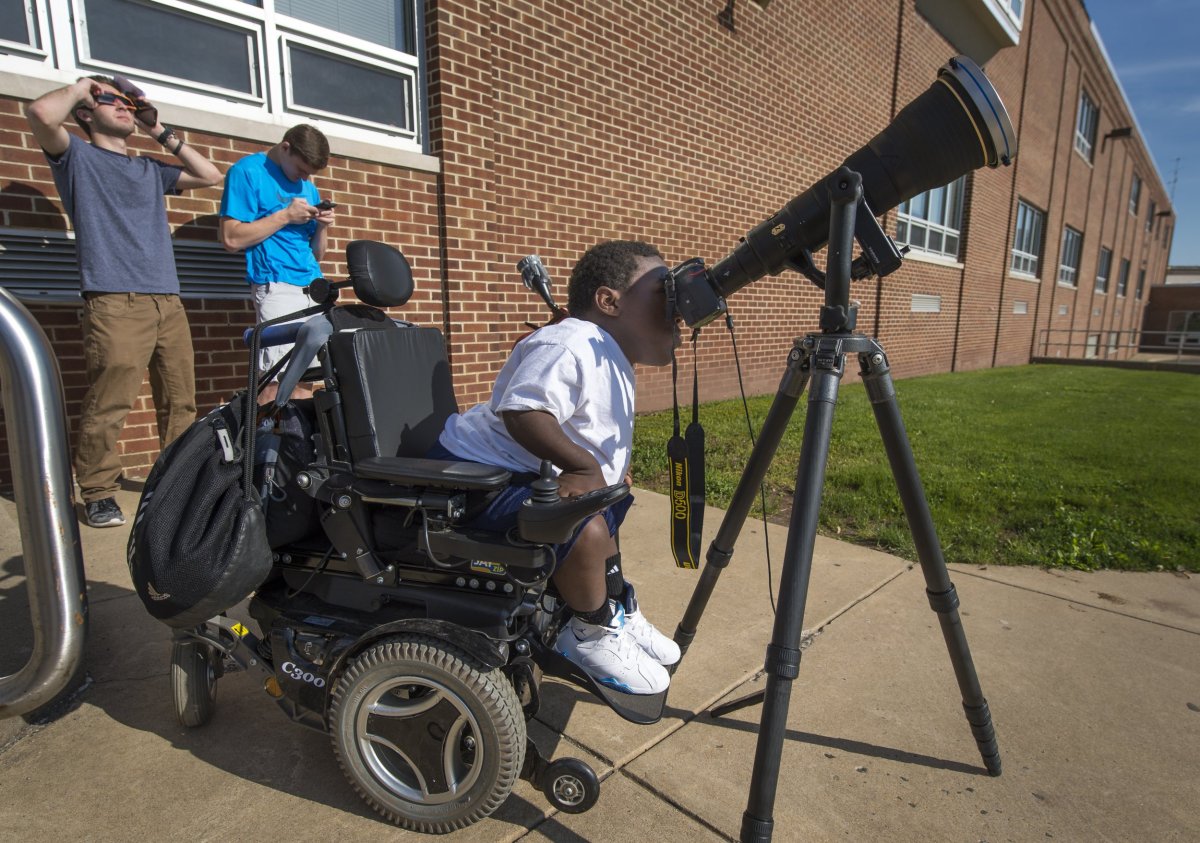
Monday marks the last chance of the year to get a glimpse of Saturn, the second largest planet in our solar system. The ringed planet will be situated near a slender crescent moon, according to Space.com.
In order to get the best view of the planet, timing is key. After the sun sets, wait one hour to begin your hunt for the gas giant, Joe Rao, a skywatching columnist for Space.com, advises. Don't wait much longer, as the planet will only be visible for another hour.
Unfortunately, unless you have a telescope with high magnification, you won't be able to see its beautiful rings. However, simply using a clenched fist will allow you to possibly spot the planet. Holding your fist up at arm's length in the air will help guide you to first identify the crescent. Next, if you look to the lower left side of the moon, you may spot Saturn.
"Before you attempt to make a sighting, make sure there are no tall trees or buildings to obstruct your view of these two celestial bodies," Rao writes.
Mercury may be visible too. It'll be situated directly below the two bodies. Despite being the smallest planet in the solar system, it's actually best to look for it with the naked eye or binoculars, Space.com reports.
No need to worry if you can't spot Saturn on Monday, as it's not disappearing forever. But, you'll have to wait until 2018 to try again. It'll be visible in late March, at the earliest.

In mid-June, Saturn was positioned in a way that caused its rings to shine the brightest they ever have for most likely the next fifteen years, according to National Geographic. But even during that one-day occurrence, a telescope was needed to get the best views of the planet.
The June 14 event happened because the planet reached it's "opposition," which is when it's opposite the sun. It was also as close to the Earth as it will get for the entirety of 2017.
Cassini showed us the beauty of Saturn.
— CassiniSaturn (@CassiniSaturn) September 15, 2017
It revealed the best in us.
Now it's up to us to keep exploring. pic.twitter.com/E4p1jOvFKf
It was an eventful year for Saturn. In September, the Cassini mission ended after 13 years of exploring the Saturn system. Findings from the mission revealed many exciting things about the planet, including deeper knowledge of how its rings are kept in place.
"There are whole careers to be forged in the analysis of data from Cassini," Linda Spilker, a scientist at NASA's Jet Propulsion Laboratory, said in a statement, CNN reports. "In a sense, the work has only just begun."
Uncommon Knowledge
Newsweek is committed to challenging conventional wisdom and finding connections in the search for common ground.
Newsweek is committed to challenging conventional wisdom and finding connections in the search for common ground.
About the writer
To read how Newsweek uses AI as a newsroom tool, Click here.








